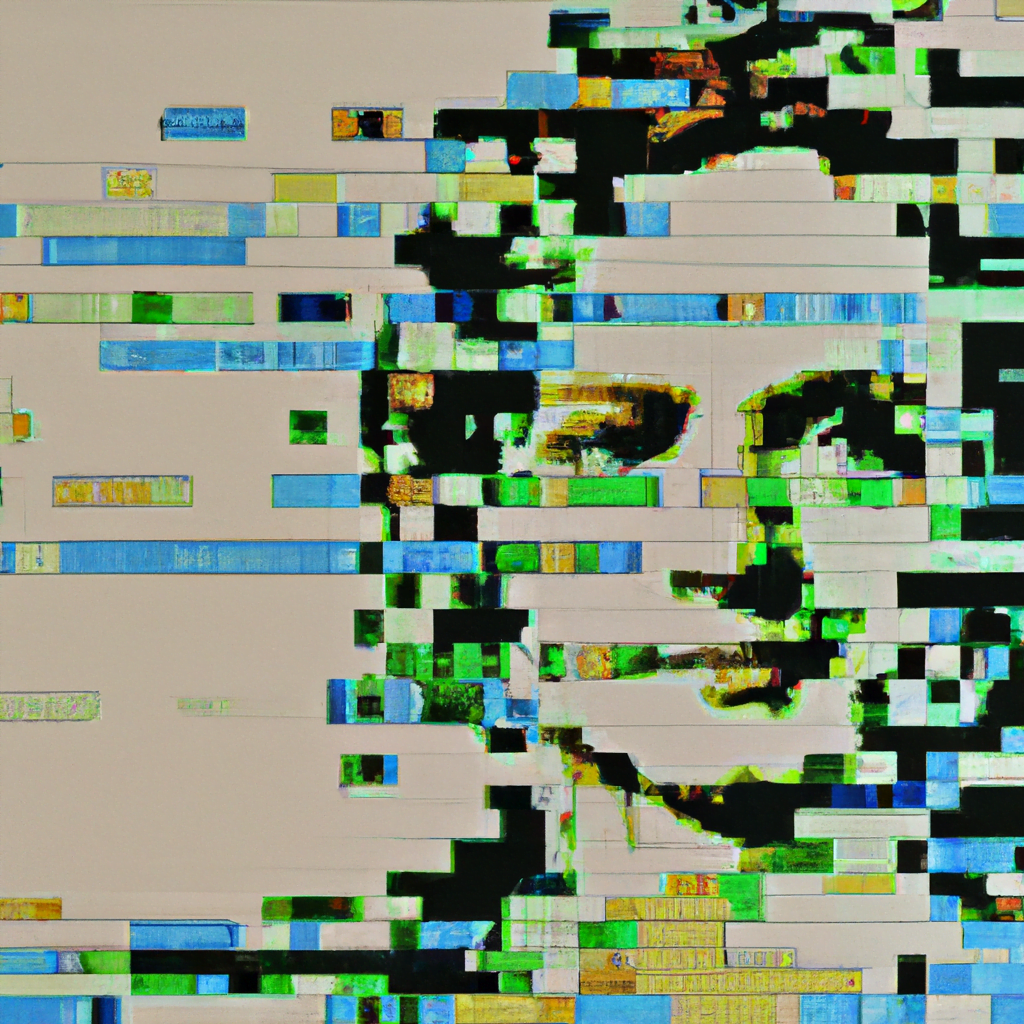
AI-Based Data Visualization in Graphic Design

Data visualization is a powerful tool that helps individuals and organizations make sense of complex data sets. It allows for the representation of data in a visual format, making it easier to understand patterns, trends, and relationships. With the advent of artificial intelligence (AI), data visualization in graphic design has taken a significant leap forward. AI-based data visualization tools are revolutionizing the way designers create and present data-driven visuals. In this article, we will explore the impact of AI on data visualization in graphic design and discuss its benefits, challenges, and future prospects.
The Role of AI in Data Visualization
Artificial intelligence has the potential to transform the field of data visualization by automating and enhancing various aspects of the design process. AI algorithms can analyze large data sets, identify patterns, and generate visual representations that effectively communicate the insights hidden within the data. By leveraging AI, designers can save time, improve accuracy, and create more engaging and impactful visualizations.
Automated Data Analysis
One of the key benefits of AI in data visualization is its ability to automate data analysis. AI algorithms can process vast amounts of data quickly and identify relevant patterns and trends. This automated analysis helps designers gain valuable insights from complex data sets, enabling them to create visualizations that effectively communicate the story behind the data.
For example, Tableau, a leading data visualization software, uses AI-powered features like Explain Data to automatically analyze data sets and provide explanations for the observed patterns. This allows designers to focus on the creative aspects of visualization design while relying on AI to handle the data analysis.
Intelligent Design Assistance
AI can also assist designers in creating visually appealing and effective data visualizations. AI algorithms can suggest appropriate chart types, color palettes, and layout options based on the characteristics of the data. This intelligent design assistance helps designers make informed decisions and create visualizations that effectively convey the intended message.
For instance, Adobe Illustrator’s Sensei, an AI-powered assistant, can analyze data sets and recommend suitable chart types and visual elements. It can also provide real-time feedback on the design choices, helping designers create visually compelling and accurate visualizations.
Benefits of AI-Based Data Visualization
The integration of AI in data visualization brings several benefits to graphic designers and organizations alike. Here are some key advantages:
- Time Efficiency: AI automates time-consuming tasks like data analysis, allowing designers to focus on the creative aspects of visualization design.
- Accuracy: AI algorithms can process large data sets with precision, reducing the chances of human error in data analysis and visualization creation.
- Insightful Visualizations: AI-powered tools can uncover hidden patterns and relationships in data, enabling designers to create visualizations that reveal valuable insights.
- Consistency: AI ensures consistency in visualization design by applying predefined rules and guidelines consistently across different data sets.
- Engaging Presentations: AI-based data visualizations are often more engaging and interactive, capturing the audience’s attention and facilitating better understanding.
Challenges and Limitations
While AI-based data visualization offers numerous benefits, it also presents some challenges and limitations that need to be addressed:
Data Quality and Bias
The accuracy and reliability of AI-based data visualizations heavily depend on the quality of the underlying data. If the data is incomplete, inconsistent, or biased, the visualizations generated by AI algorithms may be misleading or inaccurate. Designers need to ensure the data they feed into AI systems is of high quality and representative of the intended insights.
Interpretability
AI algorithms often work as black boxes, making it difficult to understand how they arrive at specific design recommendations or data insights. Designers may find it challenging to explain or justify the choices made by AI systems, especially in situations where transparency and interpretability are crucial.
Human Creativity and Expertise
While AI can automate certain aspects of data visualization, it cannot replace human creativity and expertise. Designers play a critical role in framing the right questions, interpreting the data, and making informed design decisions. AI should be seen as a tool that complements and enhances human capabilities rather than a substitute for human designers.
The Future of AI-Based Data Visualization
The future of AI-based data visualization in graphic design looks promising. As AI technology continues to advance, we can expect the following developments:
Improved Data Analysis
AI algorithms will become more sophisticated in analyzing complex data sets, enabling designers to gain deeper insights and uncover hidden patterns. Advanced AI techniques like machine learning and natural language processing will enhance the accuracy and efficiency of data analysis, making it easier to create meaningful visualizations.
Enhanced Design Assistance
AI-powered design assistants will become more intelligent and intuitive, providing designers with real-time feedback and suggestions throughout the design process. These assistants will not only recommend suitable chart types and color palettes but also offer creative ideas and alternative design options, empowering designers to create visually stunning and impactful visualizations.
Interactive and Dynamic Visualizations
AI will enable the creation of interactive and dynamic visualizations that adapt to user interactions and preferences. These visualizations will allow users to explore data from different angles, drill down into specific details, and customize the visual representation according to their needs. AI algorithms will play a crucial role in generating real-time visualizations that respond to changing data inputs.
Summary
AI-based data visualization is revolutionizing the field of graphic design by automating data analysis and enhancing the design process. It offers several benefits, including time efficiency, accuracy, insightful visualizations, consistency, and engaging presentations. However, challenges related to data quality, interpretability, and the role of human creativity and expertise need to be addressed. The future of AI-based data visualization looks promising, with advancements in data analysis, design assistance, and the creation of interactive and dynamic visualizations. By leveraging AI, designers can unlock the full potential of data visualization and effectively communicate complex information to a wide audience.
